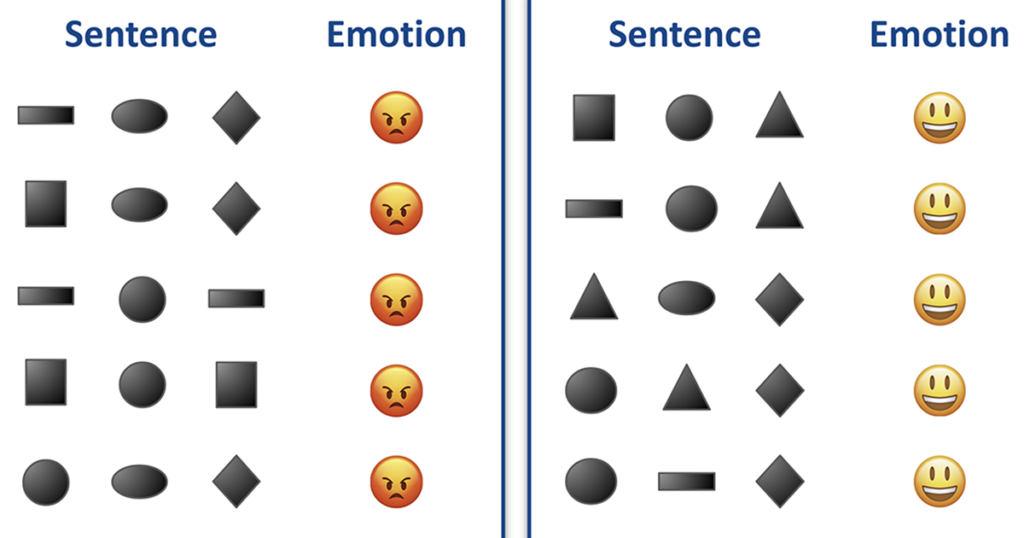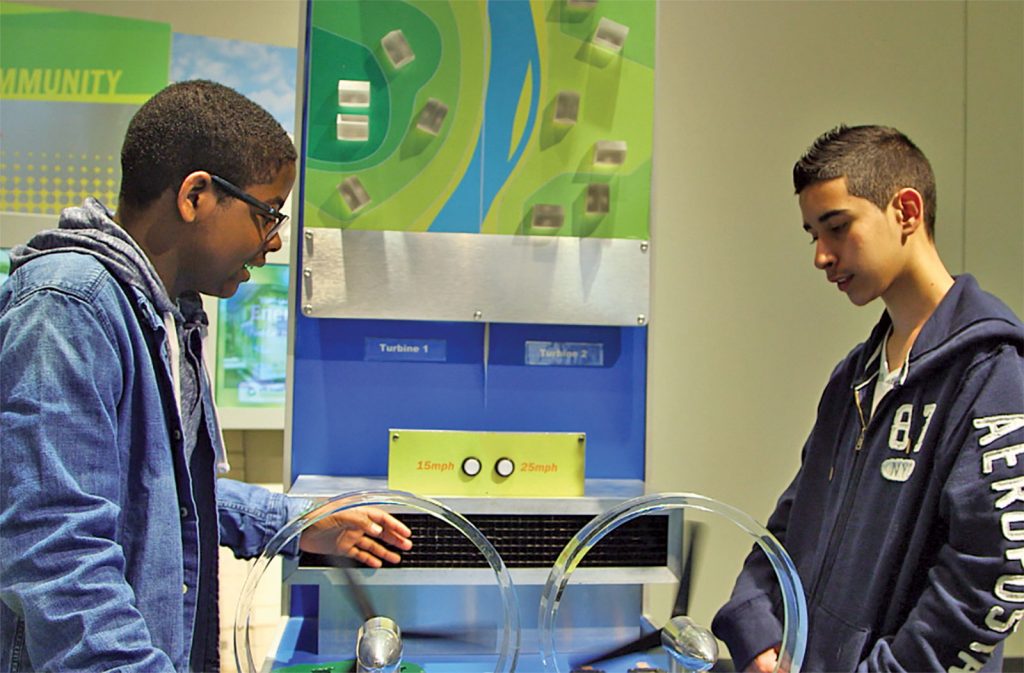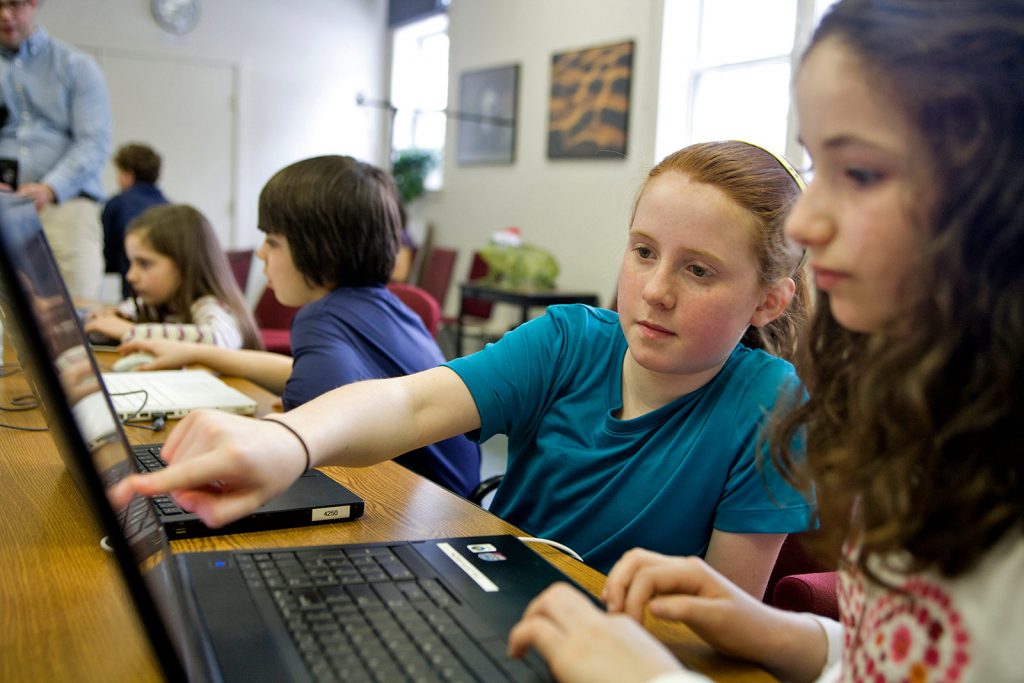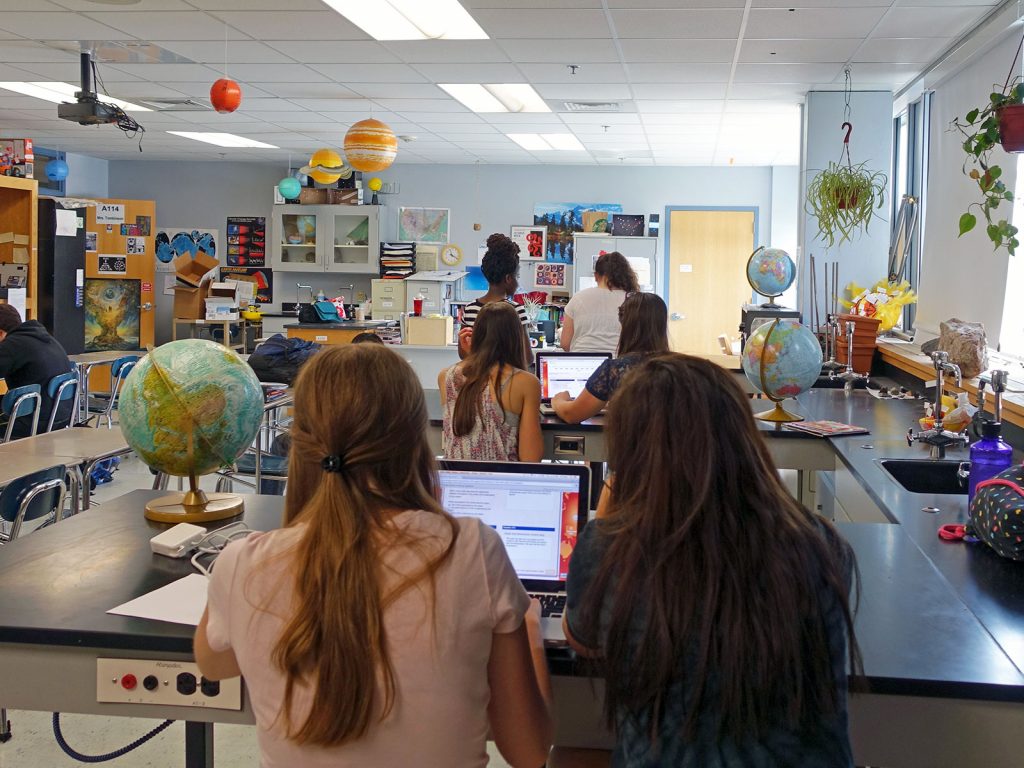Category: Tag: modeling
Imagine that you’re visiting a new city and want to know the best place to get ice cream. You might open your favorite search engine and check out reviews. Or you might see what people on Twitter have to say. Perhaps you decide to search for specific terms and see if more people recommend you […]
From 2001: Space Odyssey to The Terminator, our collective imagination is fascinated with Artificial Intelligence (AI). Even Disney Pixar’s Wall-E has something to say about AI, though on a lighter and arguably more accurate note. AI models are no longer futuristic or reserved for specific niche tech businesses or advanced computer science classes. Our Narrative […]
Positioning middle school students in a culturally congruent epistemological stance (student-as-anthropologist), allowing them to build Earth science learning from both Indigenous knowledge as well as Western-style inquiry.
The Concord Consortium and Michigan State University are collaborating to research technological, curricular, and pedagogical scaffolds needed to support students and teachers in developing computational thinking in the context of system modeling.
Engaging students in the study of geohazards through integrating computational thinking with science practices. Students will be able to transform real-world GPS data into visualizations and formulate scientific arguments about predicting impacts and assessing risks.
Exploring natural hazards and extreme events, the predictability and physical impact of these events, and the risk to human lives.
Learning Everywhere explores how cutting-edge technologies and novel materials can be designed to study and better support engaging conceptual, collaborative, and tangible learning across different contexts and settings.
Developing and researching a curriculum involving the use of dynamic technology-based visualizations and model-based inquiry to support early science learning of concepts involving matter and its changes.
Experiencing models of severe weather events allows students to monitor live radar screens and collect data as virtual thunderstorms pass through the classroom. Students will apply computational thinking skills as they create, evaluate, and combine forecast models.
We’re enabling new modes of experimentation and fostering levels of learner reasoning about complex systems and systems dynamics that are not currently possible by merging MIT’s StarLogo and the Concord Consortium’s SageModeler.









